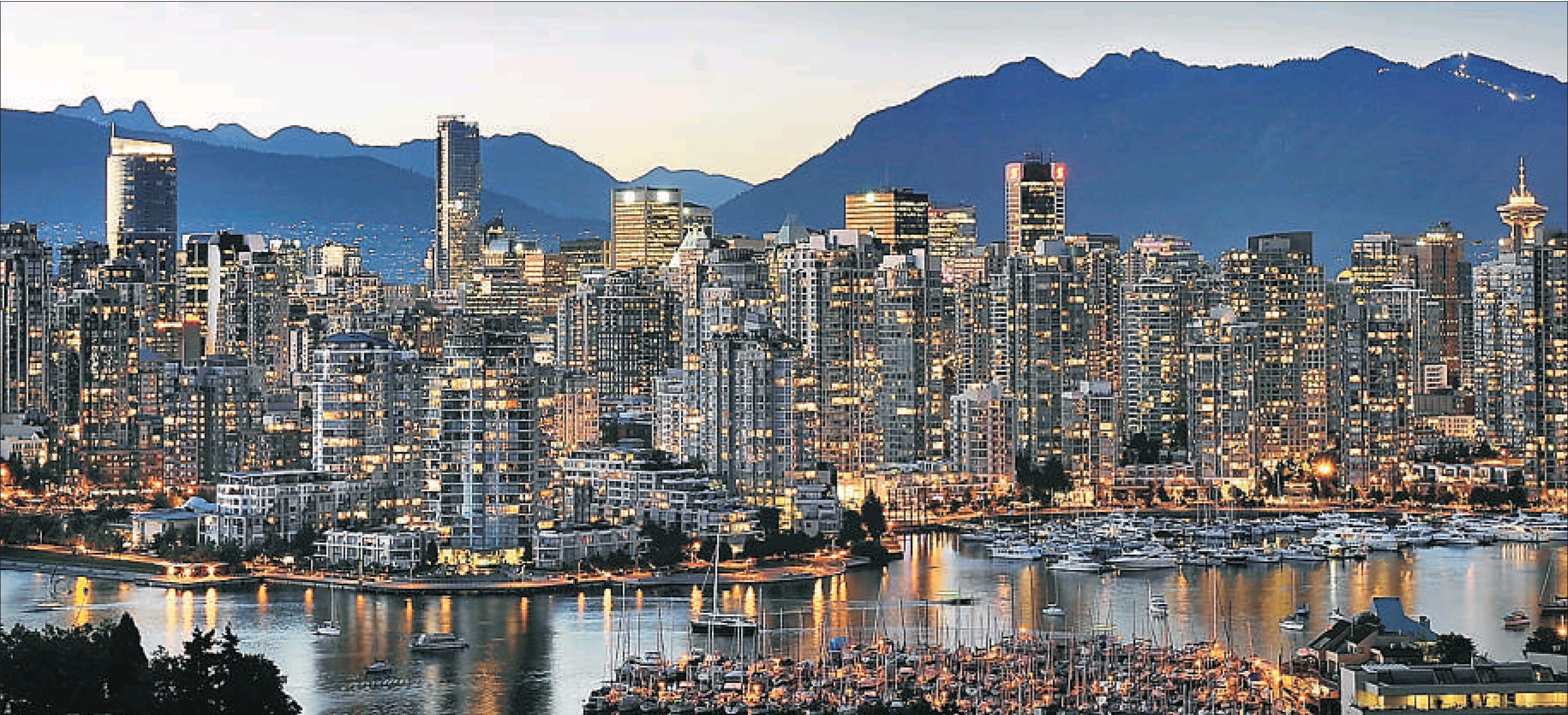Keeping a bit of the past for the future
Bob Ransford
Sun

This photograph of downtown Vancouver glowing late into an August evening, by sun photographer Mark van Manen, also illustrates a Vancouver reality: The earlier city has been little preserved.
Vancouver‘s citizen-based City Planning Commission has been pondering an interesting question for the last year or so. How does Vancouver adapt to change?
Old cliches suggest that today’s pace of change is accelerating and that we’ve seen more change in our relatively short lifetimes than has occurred since the beginning of time. That may or may not be the case.
However, we do know that there are a number of drivers of change that seem to be converging today — economic change, demographic change, climate and environmental change. The sudden dose of reality that comes with this convergence of change begs the question: is there a better way to build a city so that it is more resilient to change over time?
Rome is more than 2,700 years old. London is more than 1,900 years old.
New York is North America‘s oldest big city, at just over 380 years old.
St. John’s, Newfoundland, is Canada‘s oldest continuously inhabited European established settlement and the oldest English established settlement in North America, founded 467 years ago. Barely a century and a quarter have passed since Vancouver became a permanent place for new-world human settlement.
The great cities of the world were designed and built using timeless architectural and planning principles that have allowed their buildings and public spaces to adapt so that they have remained relevant as cultural and social trends changed — many of those trends evolving over centuries.
Most of Vancouver‘s built form — the buildings, roads and man-made public spaces — is relatively new. Few of the small collection of buildings constructed around the time of Vancouver‘s birth remain today. Most have been adapted for modern re-use.
It is hard to imagine how most of our modern-day buildings might be adapted over time to meet future needs. For example, can you imagine the many highrises that sit atop townhouse-wrapped podiums in Vancouver‘s downtown south being transformed into buildings that might accommodate light technical manufacturing or even educational institutional uses 100 years from now?
The way we design and construct buildings today, it is hard to imagine those structures will still be standing a century from now.
One possible direction that Vancouver could head in addressing the widespread concern about housing affordability and choice is to rethink the form and layout of Vancouver‘s single-family neighbourhoods and their limited building types to adapt to the growing need for change.
In considering such a direction, we need to ask questions, like how can a neighbourhood adapt to meet changing societal needs, like aging in place?
How can we create more alternative transportation choices and provide more places of work close to home ?
The 13 citizens who sit on Vancouver‘s Planning Commission, which includes me, have been attempting to engage the community in a discussion about how Vancouver might become a “city built for change”, embracing ideas about more adaptable buildings and public spaces.
The commission has developed three unique events aimed at engaging a broad group of stakeholders in an informed discussion.
This input will be incorporated into the commission’s draft “Change Charter,” which will be presented to city council.
The third and final event of the commission’s series takes place Sept. 18 and 19.
Highlighting this session is a public presentation by British professor Robert Kronenburg, author of Flexible: Architecture That Responds to Change and chair of architecture at the University of Liverpool School of Architecture.
Prof. Kronenburg will open this two-day exploration of adaptability with a public lecture on flexible architecture and city building on Thursday, Sept. 18 at 6:30 p.m. at the HR MacMillan Space Centre at 1100 Chestnut St. in Vancouver.
Kronenburg’s talk is sure to stimulate some thoughtful and lively discussion about how a city as young and livable of Vancouver might adapt to change so that we become a timeless city in the future.
Bob Ransford is a public affairs consultant with CounterPoint Communications Inc.
E-mail him at: [email protected]
© The Vancouver Sun 2008

